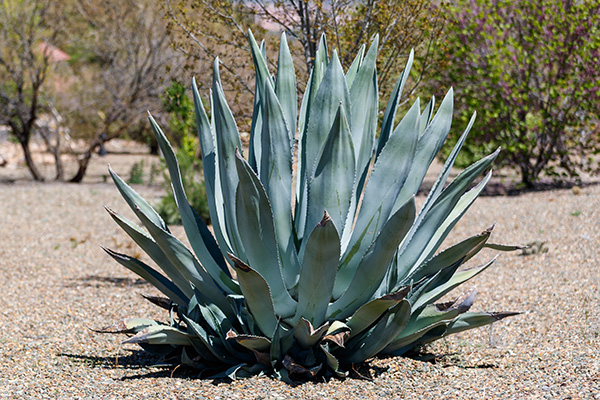The Flagstaff chapter of the Arizona Native Plant Society hosted a lecture on how to garden with native plants and their many benefits on Tuesday, April 18.
The AZNPS aims to promote the knowledge, appreciation, conservation and restoration of Arizona native plants and their habitats. They have multiple chapters throughout the state.
Gayle Gratop, who operates a native plant nursery out of her own backyard, Let It Grow Native Plants, presented a variety of tips for raising native plants successfully and discussed the benefits they offer. Native plants are already adapted to the local climate, which makes them drought-tolerant and means lower water use. They promote biodiversity of the local flora, which is beneficial for native pollinators and wildlife. Native plants also contribute to habitat restoration of the natural environment.
Gratop recommended that gardeners look for local growers, since they are usually specialized in growing what already naturally occurs in the area, and mentioned Verde River Growers in Cottonwood as a local example.
Starting a native plant garden can either be done from scratch or by incorporating native plants into your existing garden. Gratop advised not doing much to the soil since such plants are already adapted to it.
Gardeners should familiarize themselves with the microclimates of their yards and select plants suitable for the area after considering soil, light and water needs. Using a layer of mulch helps to conserve water and keep weeds down. Although many people want to start putting plants in the ground as soon as the weather gets warm, Gratop said that waiting until monsoon season will avoid having them stressed by heat in June. Plants usually take about three years to establish themselves in a garden.
Gratop also discussed the differences between native plants and cultivars. Native plant varieties evolve naturally and adapt to the landscape over time without human assistance. They reproduce via sexual reproduction, which leads to good genetic diversity, and their seed is usually true to the type of the parent plant. Cultivars are cultivated plants that are selected for traits desired by humans, such as brighter blooms. They are cloned through asexual reproduction, so any seed they produce is not usually true to the parent plant. These plants are often patented by the breeder.
If a plant has an additional name following its genus and species names, such as Penstemon pseudospectabilis Coconino County rather than Penstemon pseudospectabilis, it is a cultivar and not a native. The cultivar of that particular plant was originally collected from Coconino County and selected for its prolific seeding capabilities and heartiness.
Gratop suggested a number of native shrubs that can be used in a garden, such as the New Mexico locust, which can create a good buffer between you and your neighbor’s yard. The Utah serviceberry has dark berries in summer, white flowers in spring and is common in arid, rocky areas in canyons and foothills. Native bunch grasses can add texture to a garden. Blue grama can withstand many different soil types and grows up to two feet tall. Deer grass can grow up to three feet in height, with two foot-tall showy plumes that add ornamentation to a garden.
Native perennial wildflowers include butterfly milkweed, which tolerates deer, erosion, drought and varying soil types. Its bright orange flowers attract monarch butterflies, making it a good choice for a pollinator garden. The firecracker penstemon is extremely drought-tolerant. Its blooms have tall red spikes that attract hummingbirds.
Gardeners Patti Van Tuyl and Susan Holiday also discussed cacti and succulents to use in a native garden. They stressed that all cacti are succulents but not all succulents are cacti. Common types of cacti include prickly pears, chollas, hedgehog cacti and escobaria [ball-shaped cacti].
Succulents, including ice plants, can be used to fill in spaces within a garden between cacti and agave plants. Agave is cultivated for many uses, including fiber and sap. Yucca offers over 40 different varieties, which are known for their tough, evergreen, sword-shaped leaves.



